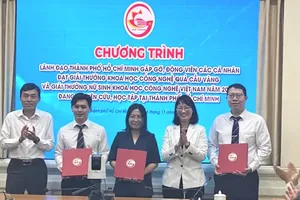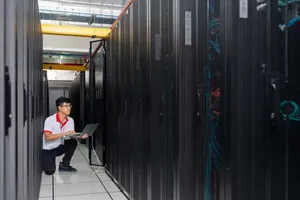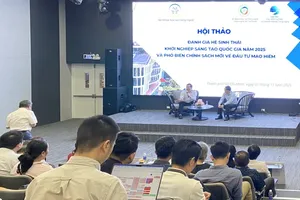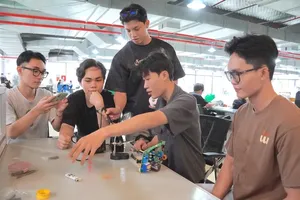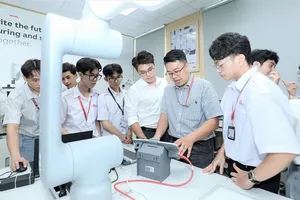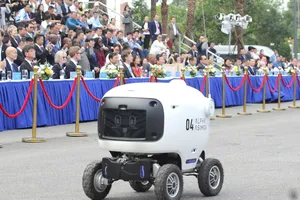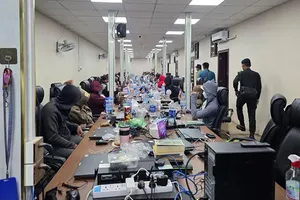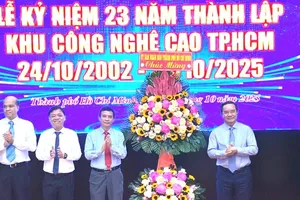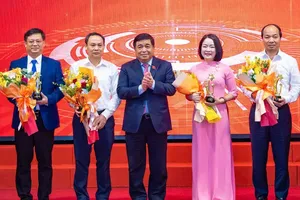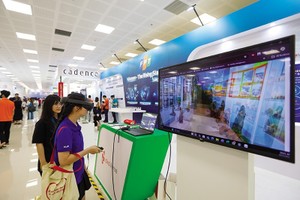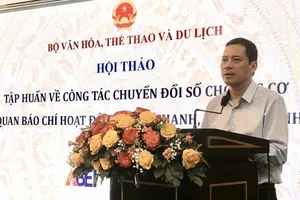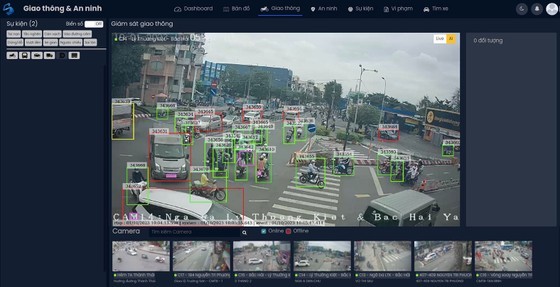 |
SVMS is being piloted in the camera network of District 10 Public Security Division. |
In many neighborhoods in Ho Chi Minh City, cameras have been installed by families to monitor activities in front of their house. However, since these are individual cameras, they are connected into one management system, leading to a waste of time and effort if the functional force needs to access data from them for investigation purposes.
The HCMC Department of Information and Communications reported that in the city, there are around 60,000 such private cameras set up in various neighborhoods, along with 2,000 cameras installed by the police to monitor public security and traffic status. Most of these cameras are working independently in groups of different units or departments. Therefore, it is time-consuming for supervisors to process data when in need.
At present, the HCMC Urban Traffic Control Center is supervising over 1,000 outdoor cameras, one-tenth of them are able to count the traffic density and vehicle speed. Data from these cameras are sent to the Control Center for manual monitoring, which is exceptionally challenging.
Obviously, it is essential to have general planning of the surveillance camera network to ensure a wider coverage, a better visibility and exploitation of camera images between state departments and levels as well as those in residential groups.
Aware of this, in 2020, scientists in the Computer Center of HCMC University of Technology (HCMUT) – member of Vietnam National University-HCMC – have researched and developed an integrated management and data processing system called SVMS. After being evaluated by the HCMC Department of Science and Technology, SVMS is approved to be use in real life.
SVMS makes use of AI technology in the tasks of data management, big data analysis via IoT, video management via its software VMS Client, installed on the server. SVMS allows camera data access to control security and order, monitor traffic status. The piloting scheme shows that SVMS can be integrated into most existing surveillance camera networks in HCMC and other regions in the country without a need to replace current cameras.
SVMS can analyze received data and images in real time to categorize subjects, deliver warnings of crowds, identify vehicle licenses, detect traffic law violations, track criminals, detect fires. When an abnormal activity happens, SVMS immediately analyzes images and sends warnings to the mobile phone of the people in charge.
SVMS was piloted in the provinces of Tay Ninh and Dong Thap besides HCMC. Phan Tung Lam, Deputy Captain of the General Team under District 10 Public Security Division, stated that thanks to useful functions of SVMS, traffic congestion was discovered sooner while tracking traffic law breakers became more convenient.
Assoc. Prof. Dr. Thoai Nam, Director of the Computer Center – HCMUT, said that using AI or IoT to read and analyze camera data is an inevitable trend in the future to increase the operation performance and reduce manual work. Therefore, he proposed that HCMC should soon develop a comprehensive architecture in this field for better integration and avoidance of loose connection when applying technology in management tasks.

